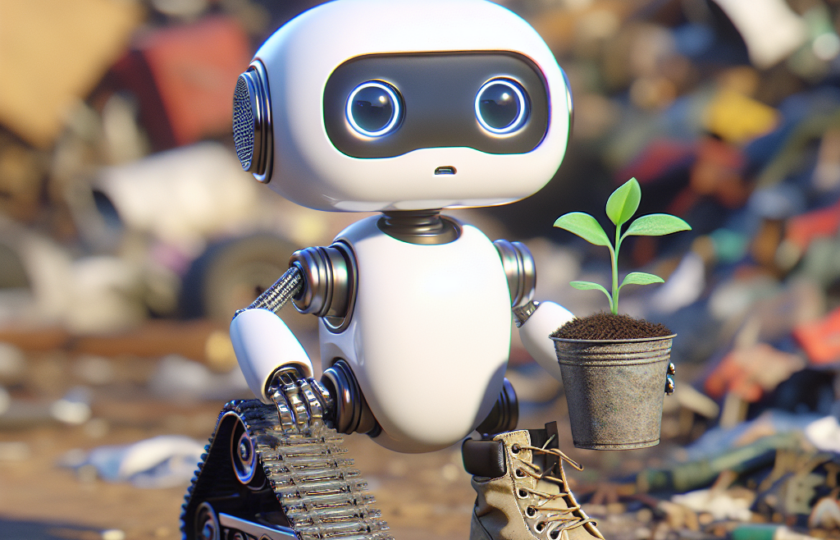AI Learning
During the Covid-19 pandemic, 50 million American students were forced to quarantine and stay home, adjusting to 100% Zoom and virtual learning. Many children fell behind academically, and parents had to balance full-time jobs, home responsibilities, and educational support. Not all homes had the necessary support, particularly in cases of single-parent households or when parents were frontline workers unable to stay home. These educational challenges have pathed the way to AI-based learning solutions.
“Most schools had little to no experience with remote instruction when the pandemic began; they lacked teacher training, appropriate software, laptops, universal internet access, and, in many cases, students lacked stability and a supportive adult at home to help.” – Cory Turner, PBS WHYY
What if this happens again? What if the impact of academic loss becomes insurmountable? Research indicates that classrooms with multiple teachers or assistants fare well over single-classroom settings. The reason is the availability of extra hands and one-on-one attention, aiding children who need more guidance. However, financial constraints prevent many schools from implementing this model. The future solution lies in cost-efficient AI teacher assistants, a topic we will explore in this post.
“We learned pretty quickly that remote learning during the pandemic was not as effective as in-person learning.” —USC Rossier Associate Professor Morgan Polikoff
AI-powered teacher assistants are becoming valuable tools worldwide. In this post, we explore statistical evidence supporting the notion that AI will make excellent teacher assistants in the future.


Personalized AI Learning
AI teacher assistants analyze vast amounts of data, providing personalized learning experiences. A study by the National Education Policy Center shows that personalized learning can lead to a 27 percentile point gain in student achievement.
Enhanced Student Engagement
AI teacher assistants can employ various techniques to increase student engagement. A survey by the American Institutes for Research found that 72% of teachers believe AI can improve student engagement.
Efficient Administrative Tasks
AI teacher assistants can automate administrative duties, saving teachers up to 8 hours per week, according to a McKinsey report.


Real-time Feedback and Assessment
AI teacher assistants provide instant feedback, leading to a 30% improvement in student performance, as per a study in the Journal of Educational Psychology.
AI Learning: Accessible Education for All
AI teacher assistants can address the global shortage of teachers (69 million, according to UNESCO) by providing quality education to underserved areas and populations.
The statistics presented highlight AI teacher assistants’ potential in revolutionizing education, enhancing the overall learning experience for students and alleviating teachers’ workload. A balance between human interaction and AI integration is crucial for the best educational outcomes, making AI teacher assistants invaluable assets in future classrooms.


